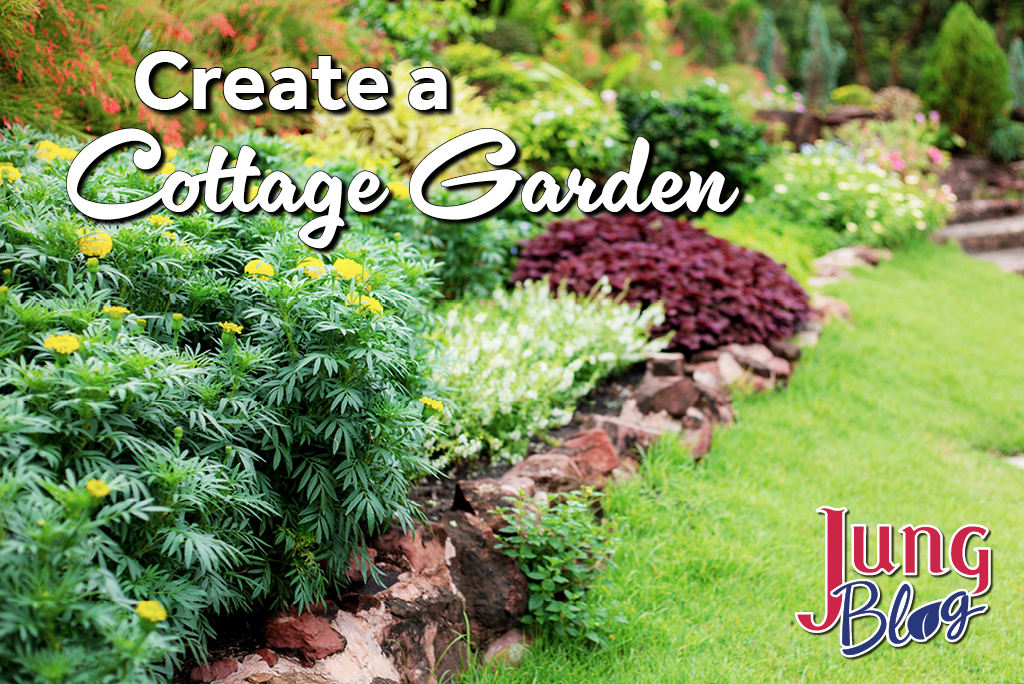
Imagine yourself sitting outside and enjoying the warm air on a summer evening. Now picture yourself sitting outside surrounded by an oasis of flowering and edible plants. Perhaps there’s a meandering path weaving through the flower beds, allowing you to enjoy the different colors and fragrances. The sight of pollinators gathering nectar from native flowers adds even more life to the space.
Whether your property is large or small, cottage gardens bring a sense of tranquility and beauty to any space. They also allow you to break the rules and run wild with creativity. Historically, these spaces are filled with traditional plants, like delphiniums, peonies, and roses. While these are still popular, you can choose from various plants to create a cottage garden. These spaces are often used for veggies and herbs, too.
Designing a Cottage Garden
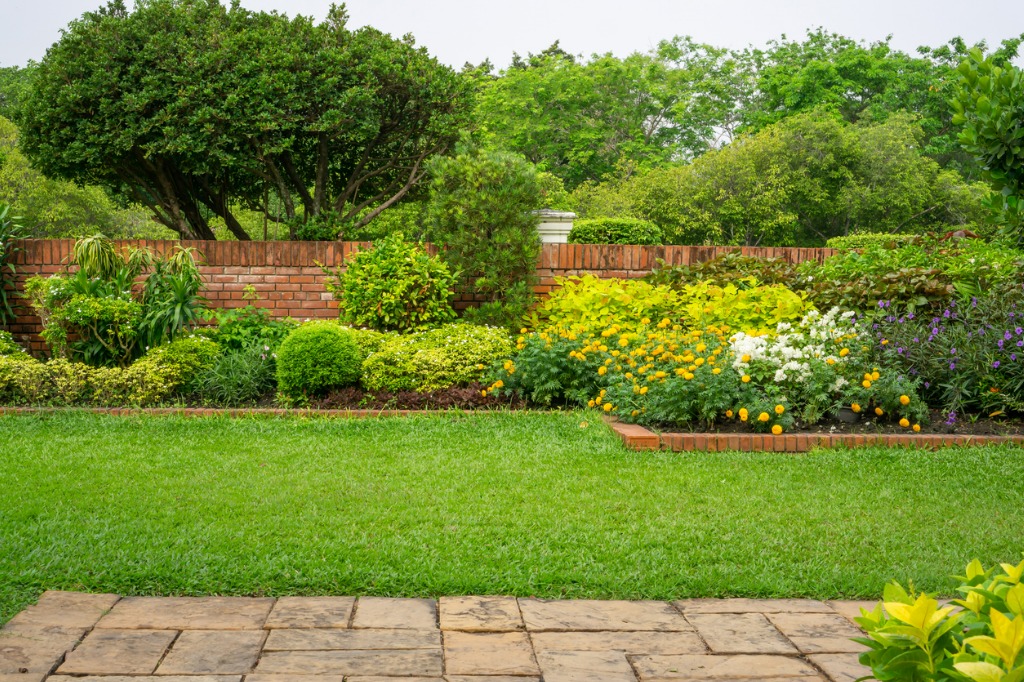
Some gardeners use their whole yard for a cottage garden, while others prefer a section of their yard to be filled with plants while leaving areas of lawn. Either way, it’s good to have some goals in mind before embarking on this journey. If you want the look of a cottage garden but also want a lawn, consider an oval or circular lawn surrounded by planting beds. This gives you space for recreation while keeping the feel of a garden. Some gardeners allow their cottage garden to grow right up to the house, creating a natural feel throughout the yard.
Going Beyond the Plants
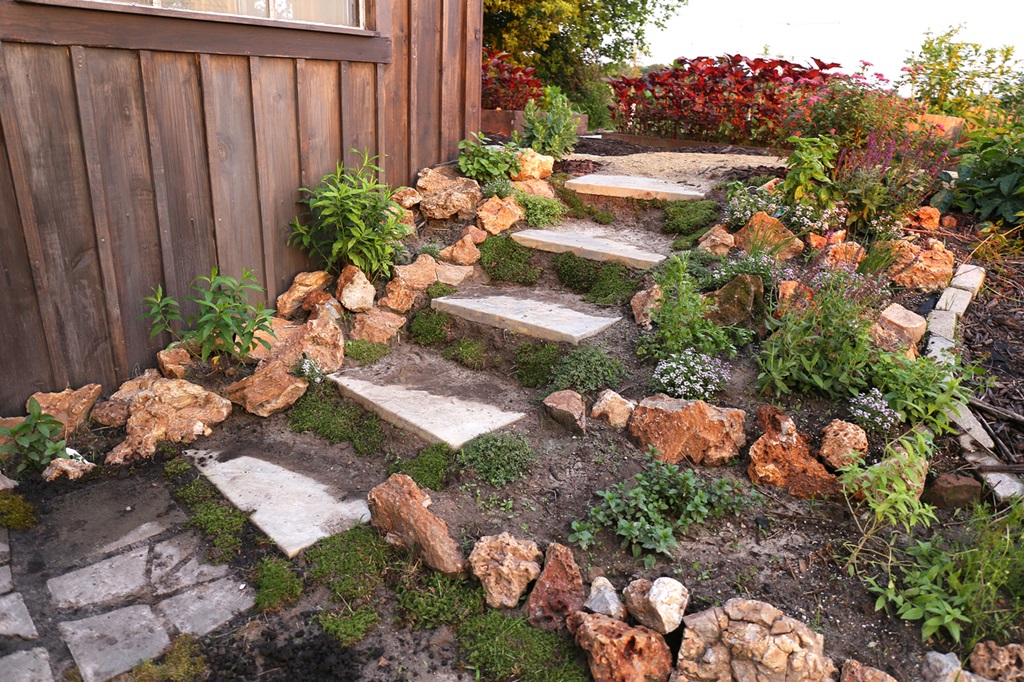
Other things to consider are paths and seating areas. You could have a full-size patio for entertaining or a few sitting areas scattered among the garden. A patio that is surrounded by garden beds is a beautiful addition to a space. You can add individual chairs to the garden to immerse yourself in the plants. Cottage gardens often utilize paths to enhance the natural feel of the space. These walking areas can be straight, curved, and lead anywhere. To enjoy these areas at night, landscape lighting spaced along the paths creates a subtle yet peaceful feel in the garden.
Consider artificial structures as well. An arbor or pergola can be used to grow vines like grapes, wisteria, clematis, and roses. In my Wisconsin garden, grapes have been growing on our pergola for several years. The leaves provide afternoon shade, and the fruit can be made into wine, grape juice, or left on the vine for birds. Many vines grow well on these structures in both warm and colder climates. And for wildlife, you can add bird baths, feeders, or bee houses. Take this opportunity to repurpose old objects for planters or trellises, like a discarded watering can or rusty wheelbarrow.
Rocks and boulders can also give you that natural look, like a small riverbed of stones or boulders surrounded by short plants.
Color and Structure
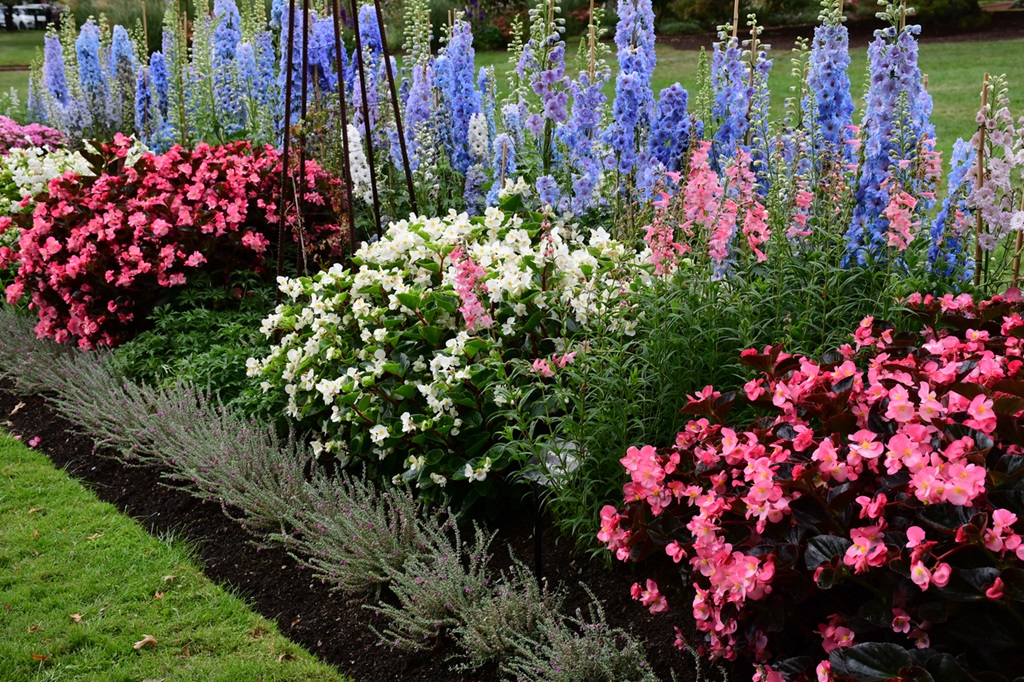
As you think about the layout and structure of the garden, consider the overall look you’re hoping to achieve with the plants. Historically, many cottage gardens used pastel colors like pink, purple, and white. Ultimately, the color scheme in your garden is up to you. Warm colors, like orange, yellow, and red, are also popular. And it’s not just about the flower color. Texture is also a key element of design.
Some flowers, like delphinium or Liatris, have tall upright blooms, while daisies and Echinacea have much shorter blooms. When it comes to texture and structure, shrubs are great. Those woody plants have much to offer, especially in winter when the garden is covered in snow. The white blooms of Hydrangea look especially good in a cottage garden, along with small trees, like pagoda dogwood and crabapples.
Natives in the Garden
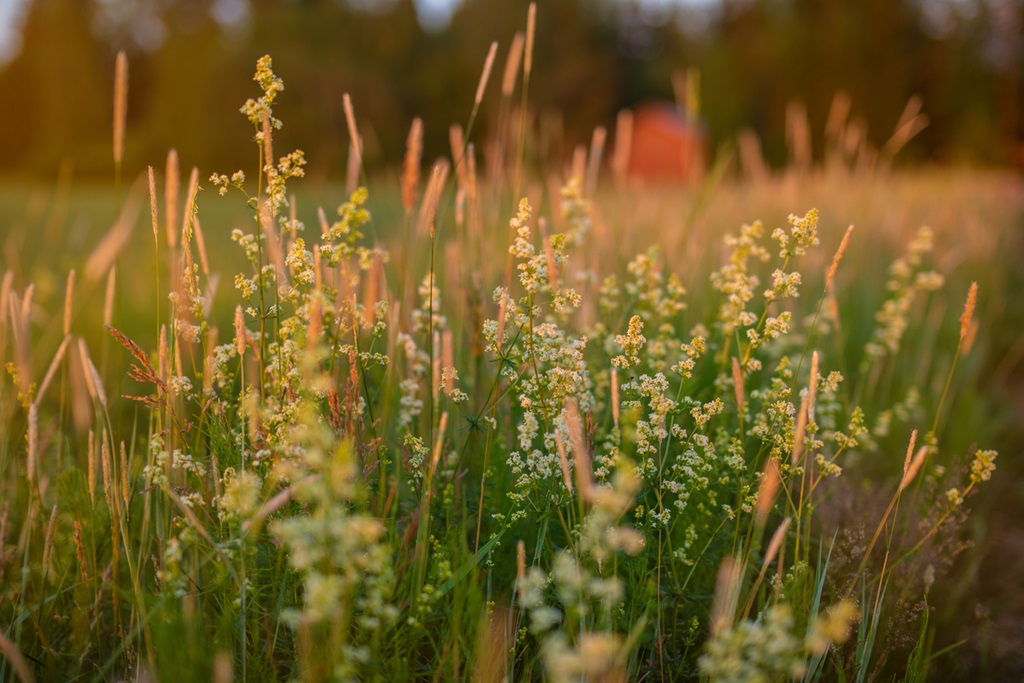
These gardens are the perfect place to encourage native plants and insects. Many natives have the ideal mixture of beauty and function for the ecosystem. In full-sun areas, prairie species often thrive, while gardens with shade can include native woodland plants. When you plant natives, you’re growing plants adapted to your local environment, ensuring the plants are hardy. Just remember to stick with plants that fit the conditions of your property to help them thrive in your garden. A mixture of native and non-native species makes your cottage garden feel traditional and specific to your region.
Edibles and Self-Seeders
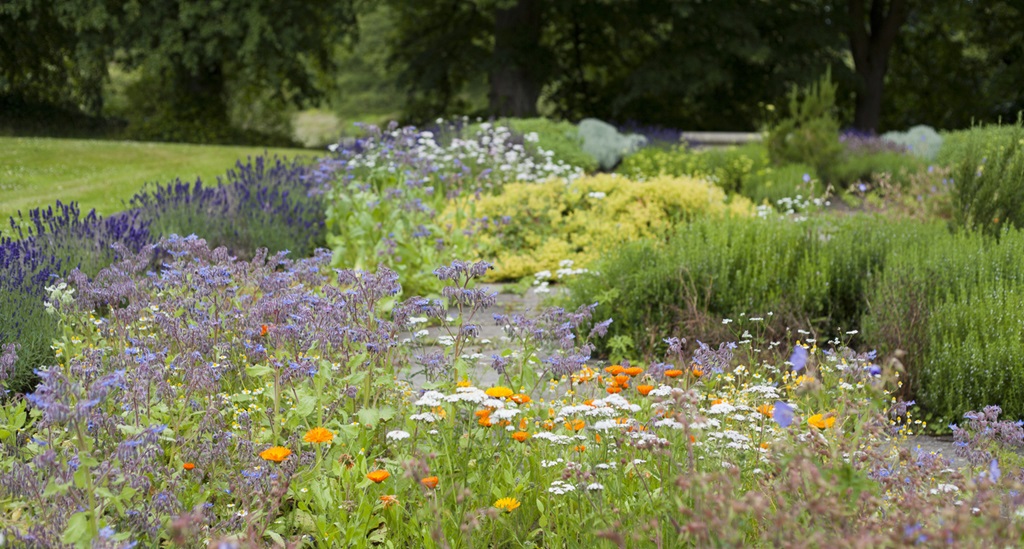
These gardens are not just limited to ornamental plants, but edibles can also be added. Create raised beds that are surrounded by natural-looking flower beds or include small veggie beds among the flowers. Herbs are known for their flavor but also have appealing aesthetics and fragrance. One example is lavender, which looks fantastic when planted in drifts. Chives also have charming flowers that bloom early in the season. Another herb I’ve grown as a landscape plant is Oregano, which attracts many pollinators during its bloom.
Since cottage gardens are less formal than traditional landscapes, consider letting some of your plants self-seed. In addition to more plants, self-seeding can fill the empty ground and prevent weeds from taking hold. Depending on your soil, certain plants may self-seed aggressively and become weeds, so it’s good to keep an eye on the self-seeders and know your limits to keep them from overtaking other desirable garden plants. A few self-seeders to grow are hollyhocks, poppies, and Campanula. Some herbs, like Chives and Oregano also self-seed.

It’s easy to become overwhelmed by plant options, so think about the look you’re hoping to achieve, then seek plants that fulfill that vision. You may have specific plants in mind that aren’t hardy for your site, but you can often find other plants that have similar looks and use them in place of your preferred plant. Years ago, I visited a lavender farm and was amazed by the drifts of purple color across the farm. This sight inspired me to create that same effect in my garden. Still, the heavy clay soil in my yard wasn’t ideal for this Mediterranean herb, so I planted drifts of Nepeta, which tolerate heavier soil and provide that same color effect.
From flowers to food and natives, cottage gardens combine the best parts of a garden for a beautiful result.
Other Recommended Reading

- New 2024 Summer/Fall Garden Catalog Review
- Bee Gardens: Cultivating Pollinator Paradises
- Shade Garden Design Ideas
- Easy Ways To Create A Mindful Garden From Scratch
- Perennial Planting: How To Overcome Difficult Planting Sites
At Jung Seed Co, we strive to be your go-to guide for all your gardening needs. Our YouTube channel, The Garden Doctor by Dick Zondag, is where he provides gardening tips for all levels of gardeners. When you need reliable gardening advice, turn to the trusted experts at Jung.
View our new catalog online or browse our website for your gardening favorites. Sign up for our weekly email to receive info on new products, exclusive deals, and specials. Join our Facebook page to discuss all things gardening!
About the Author: Matthew Olson is a professional horticulturist and garden writer. He has a bachelor’s degree in horticulture from UW-River Falls and is a certified professional with the Minnesota Nursery and Landscape Association. His enthusiasm for plants and the outdoors brought him to the green industry. He regularly writes articles about gardening for both gardeners and industry professionals. He can be reached at matt@mattolsonhorticulture.com.